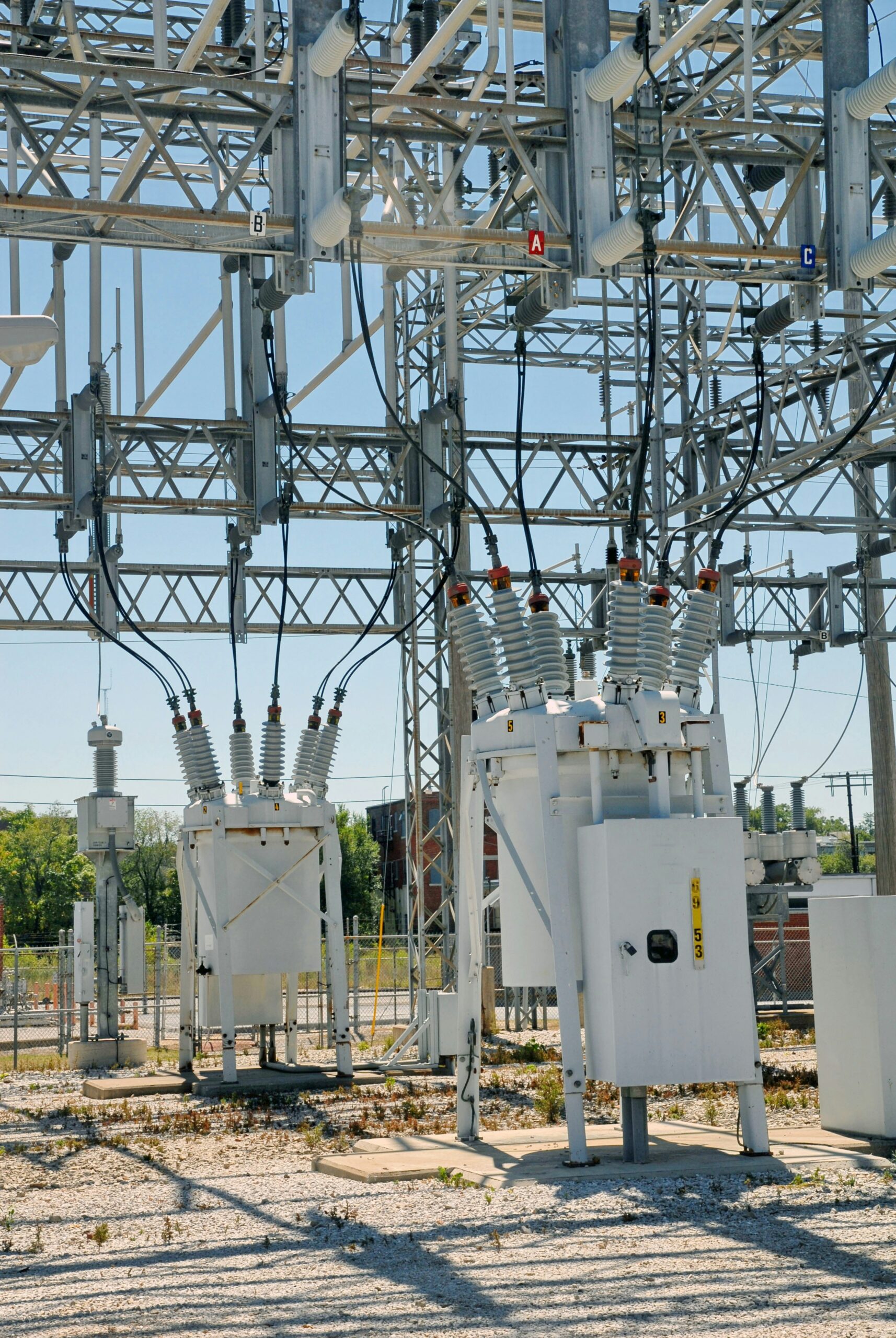Spotlight
Steeped in the energy industry
We are in the know.
FERC Approves Western Power Pool's First of Its Kind Regional Resource Adequacy Program

The Federal Energy Regulatory Commission (FERC) on Friday accepted a proposal from the Northwest Power Pool d/b/a Western Power Pool (WPP) to establish a first-of-its-kind region-wide resource adequacy program in the West. This voluntary program, dubbed the Western Resource Adequacy Program (WRAP), is the first such FERC-jurisdictional program ever developed outside of an existing regional transmission organization or independent system operator.
In accepting the WRAP tariff effective January 1, 2023, FERC lauded “the efforts of the diverse set of stakeholders involved in developing the WRAP proposal” and expressed “support [for] continued efforts at coordination in the Western Interconnection.” FERC explained that the WRAP “will help ensure that Participants have sufficient capacity resources available to serve their load and that excess capacity is held back for potential use by Participants who do not have sufficient resources to serve their load in real-time.” FERC found that “greater coordination between entities or regions (such as that proposed under WRAP) can help address the resource adequacy trends and challenges faced in the west,” including the challenges brought by the evolution toward more variable generation and increasing incidence of extreme weather events.
The WRAP consists of two key elements: (1) a Forward Showing Program, in which participants demonstrate seven months in advance that they have sufficient generation and demand response resources to serve their forecast load and a regionally-established planning reserve margin, along with firm transmission to support delivery of those resources; and (2) a real-time Operations Program to allow participants to share resources to help any participant that finds itself deficient on a particular operating day. WPP will administer the WRAP and will contract with a Program Operator, currently Southwest Power Pool, Inc., to perform certain key functions of the WRAP.
FERC accepted all proposed elements of the Forward Showing Program, including the method to set the planning reserve that all participants must meet and methods to calculate a “Qualified Capacity Contribution” for each type of resource and supply contract using common industry methods to determine how much capacity from each type will qualify to satisfy a participant’s Forward Showing Capacity Requirement. FERC also approved WPP’s proposal that participants show sufficient firm transmission to deliver at least 75% of their qualified resources to load, finding that the “requirement strikes a reasonable balance between demonstrating deliverability and providing flexibility.” FERC also approved the exceptions participants may seek if they cannot demonstrate sufficient transmission during the Forward Showing Program, including the eligibility requirements and limitations WPP proposed for those exceptions.
Regarding the Operations Program, FERC found that it “constitutes a valuable framework to maximize the benefits of existing resource diversity in the Western Interconnection and provides a useful last-resort option for Participants if circumstances lead to any capacity deficiencies in a given Operating Day,” and that it represents “a positive development for the region given the challenges that WPP has persuasively outlined.” Under the Operations Program, WPP will track each participant’s current load and resource balance for several days leading up to the Operating Day, identify if any participant may be deficient, calculate surpluses and determine the amount that surplus participants should “hold back” to help address identified deficiencies, and establish energy deployments in real-time if a deficient participant is unable to address its deficiency through purchases outside the Operations Program.
FERC also expressly found the proposed WRAP settlement pricing to be just and reasonable, observing that “the design of settlements, pricing, and penalties . . . are based upon existing, broadly-used concepts that [FERC] has approved in the past” and in particular that “[t]he proposed settlement price is set by the same type of pricing methods—use of liquid price indices and legitimate opportunity costs—that [FERC] has found to be just and reasonable in other instances.” FERC found that such pricing strikes a reasonable balance by incenting participation while guarding against deficient participants’ potential over-reliance on the program’s compelled energy deployments. FERC also provided guidance to sellers on future steps they can take to ensure that their market-based rate authority supports their participation in the WRAP.
As part of the WRAP proposal, WPP will transition to an independent board of directors for oversight of all of its programs, including WRAP. The approved WRAP also includes a Resource Adequacy Participant Committee that consists of a representative from each participant and that advises the WPP board on WRAP matters. The tariff also establishes a broadly-representative stakeholder Program Review Committee and a Committee of State Representatives to review and provide guidance on proposed program rules and modifications. FERC found the proposed governance and stakeholder structure just and reasonable because it “strikes a reasonable balance between allowing Participants to make decisions and enabling interested non-Participant stakeholders to observe and comment on those decisions,” and “represents a broad base of stakeholders, including state utility commissions and non-Participant entities.”
Commissioner Christie issued a concurring opinion, finding that the program represents a voluntary structure to promote resource adequacy in the Western states that is supported by Western regulators and policymakers. He noted that the program does not include binding participation in any specific regional transmission organization or organized market, and that any decision to do so would be reserved for the duly elected and appointed state policymakers.
Wright & Talisman, P.C. has represented WPP throughout the process of developing the WRAP tariff and obtaining all necessary FERC approvals, and continues to do so as the WRAP now moves to implementation.
